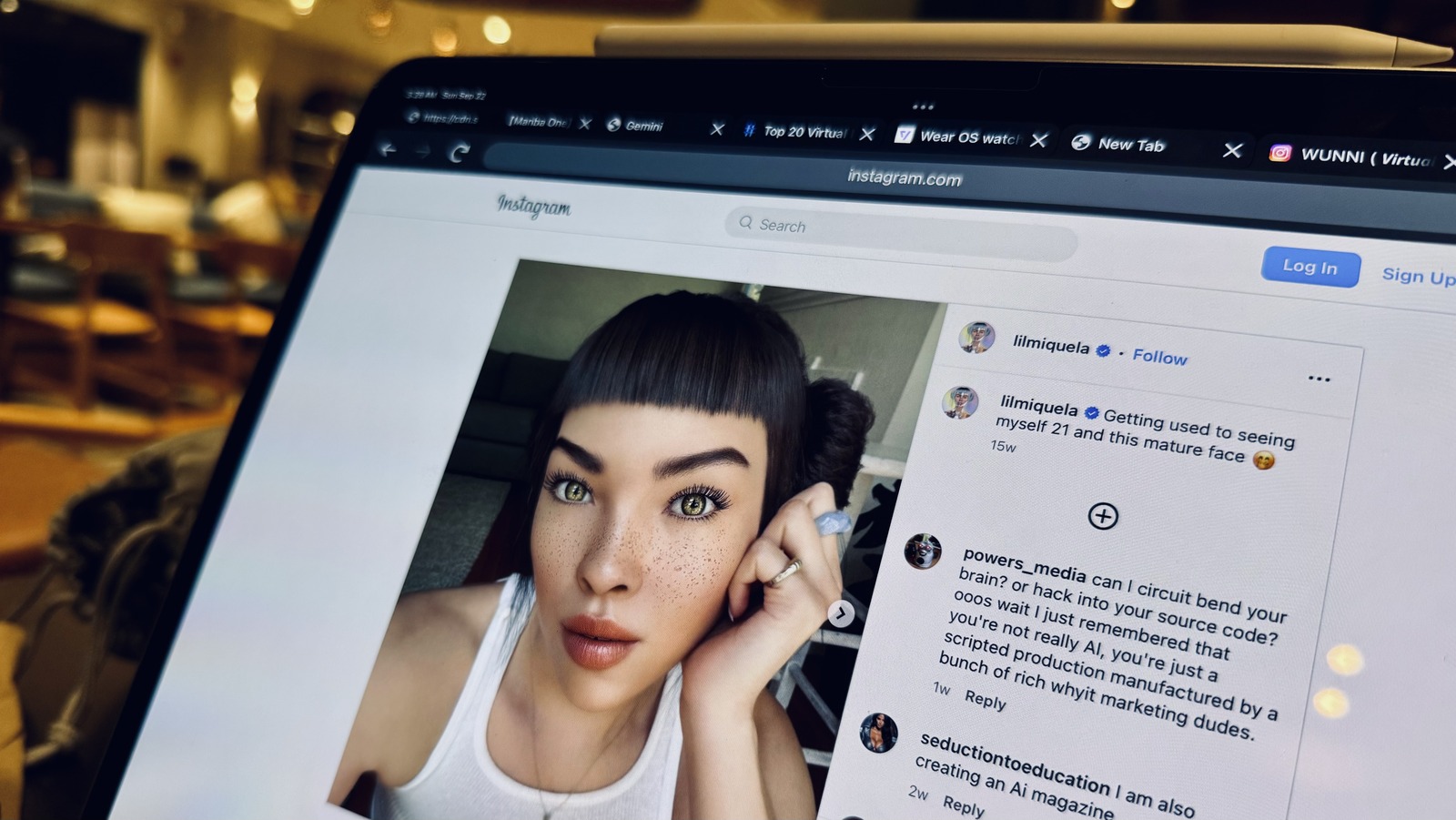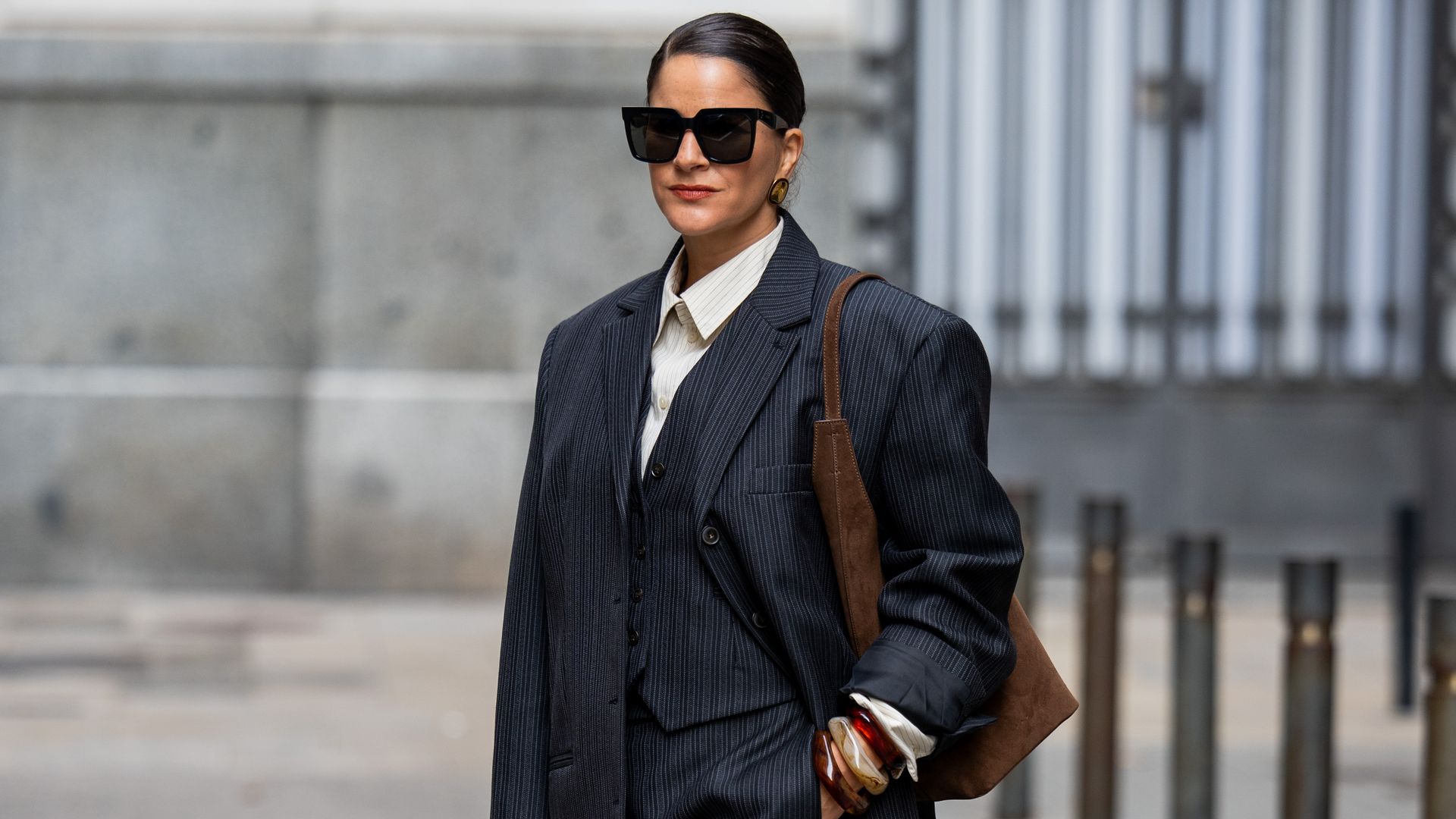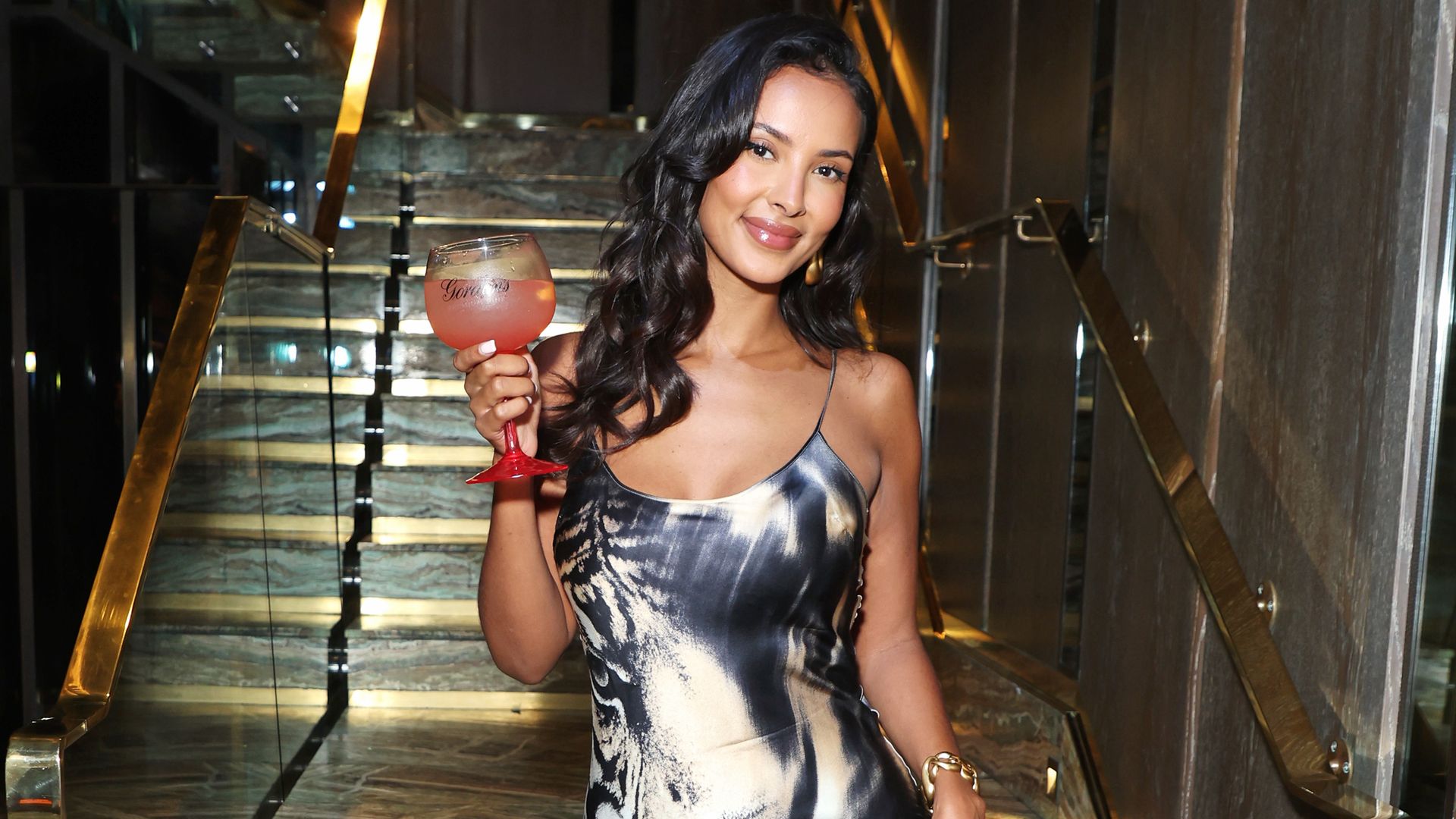AI has made it dramatically easier to make artificial "personalities" within a matter of minutes. A few natural language commands dictating how the "persona" looks and talks is enough to get the job done. And with the improvement in visual fidelity engines and natural language capabilities of these models, it's never been easier to create AI avatars — both original and modeled after real people.
AI companions are already a huge market, but the advancements have spilled into the domain of social media and internet influence, as well. Now, virtual influencers are not exactly a new phenomenon. A virtual influencer named Lil Miquela started making waves all the way back in 2016, long before ChatGPT was a thing, and transformer models were far from attracting billions of dollars.
As of 2018, it had already "partnered" with names like Prada , Giphy, Diesel , and Moncler . Then we have Shudu, the self-proclaimed "world's first digital supermodel," which recently appeared on the cover of a Vogue imprint. Over the years, as image and video generation AI models improved, more hyper-realistic virtual influencers arrived on the scene.
Against all odds, they are making serious bank. Aitana — an AI model rendered from a 25-year-old woman with pink hair — was making as much as 10,000 Euros each month in Spain. Even human celebrities with millions of followers of their own are asking these female virtual influencers out.
But what does that mean? In Aitana's case, "she" commanded a fee .


















